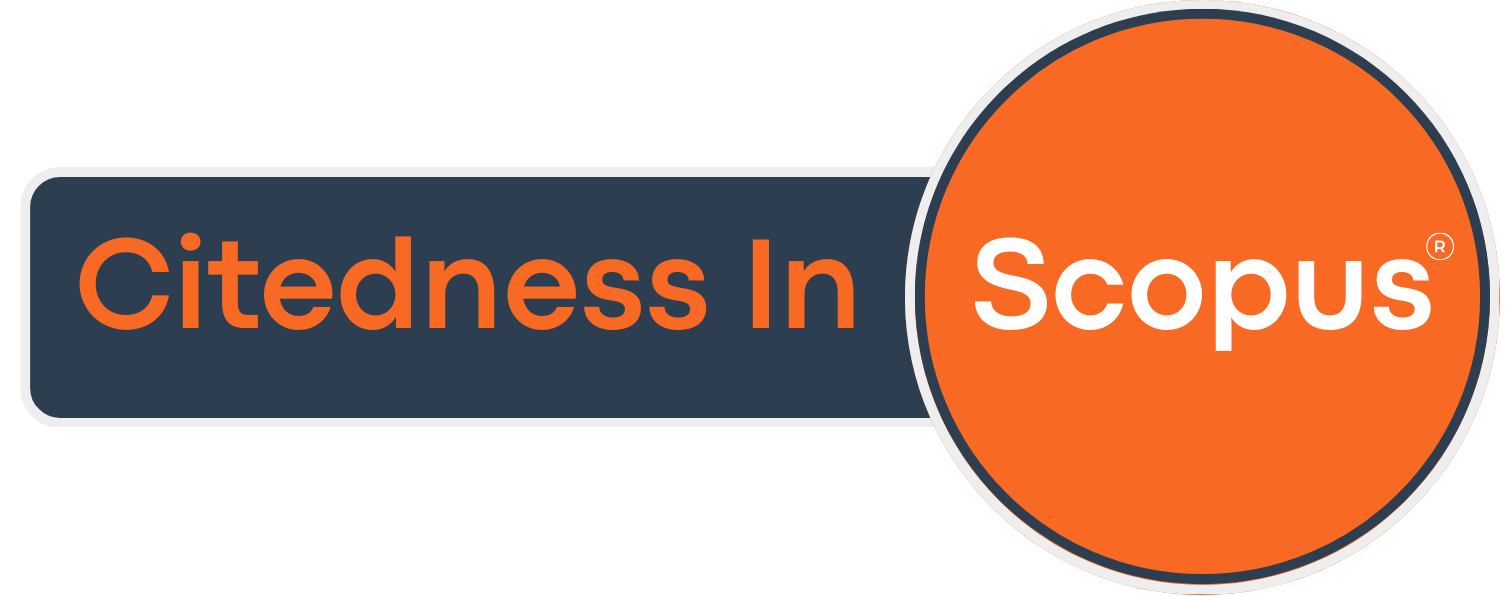Effect of Air Fuel Ratio to Quality of Municipal Solid Waste Using Downdraft Gasification
Pengaruh Air Fuel Ratio Gasifikasi Sampah Padat Perkotaan Menggunakan Gasifikasi Tipe Downdraft Terhadap Kualitas Gasifikasi
DOI:
https://doi.org/10.21070/r.e.m.v7i1.1640Keywords:
Gasifikasi, Air Fuel Ratio (AFR), Syngas, Efisiensi, Consumption Conversion SpecificAbstract
Gasifikasi menggunakan limbah padat kota (MSW) berdampak pada peningkatan kualitas lingkungan dan peningkatan pasokan listrik untuk daerah-daerah yang sulit dijangkau, khususnya di Indonesia. Namun proses gasifikasi membutuhkan proses pengujian kualitas terlebih dahulu agar dapat menghasilkan produk syngas dan kelistrikan yang maksimal. Maka dalam penelitian ini dilakukan proses pengujian pengaruh variasi Air Fuel Ratio (AFR) terhadap kualitas proses gasifikasi (Cold Gas Efficiency (CGE), Carbon Conversion Efficiency (CCE), dan specific fuel consumption (sfc) atau konversi konsumsi spesifik). Penelitian dilakukan dengan melakukan proses gasifikasi dengan tipe downdraft pada nilai AFR 0,5; 0,51; 0,53; 0,54; 0,55. Hasil penelitian ini menunjukkan adanya peningkatan nilai syngas seiring dengan peningkatan nilai AFR. Sedangkan nilai CGE meningkat seiring dengan meningkatnya AFR proses gasifikasi MSW. Peningkatan terjadi dari 9 menjadi 13%, meskipun hasil ini masih sangat rendah. Di sisi lain, CCE juga mengalami peningkatan dengan meningkatnya AFR gasifikasi MSW. Peningkatan nilai terlihat dari 33-43%. Hasil ini juga masih tergolong kecil, artinya efisiensi konversi karbon pada proses ini sangat rendah. Pada akhirnya, dapat dilihat bahwa nilai scf menurun dengan meningkatnya AFR. Penurunan yang didapat adalah dari 5,3 menjadi 2.
References
OECD/IEA, Indonesia, International Energy Agency, Paris, France, 2015, 2015.
PWC (2017). Power in Indonesia: investment and taxation guide, PwC, Indonesia, Jakarta, Indonesia, https://www.pwc.com.
Widodo, J., Statement the president of the republic of Indonesia H.E, in: Joko Widodo at the Leaders’s Event 21st Conference of the Parties to the UNFCCC Paris, France, 2015.
Chelminski, K., “The political economy of energy access and sustainable energy transitions in Indonesia”. L’Europe en Formation, 2016, 146–165.
ADB (2016). Achieving Universal Electricity Access in Indonesia, Asian Development Bank (ADB), Manila, Philippines, https://www.adb.org/.
Hasan, M.H., Muzammil, W.K., Mahlia, T.M.I., Jannifar, A., Hasanuddin, I., “A review on the pattern of electricity generation and emission in Indonesia from 1987 to 2009”. Renew. Sustain. Energy Rev. 16, 5, 2012, 3206–3219.
Prabir Basu, Biomass Gasification and Pyrolisis Practical Design, Elsevier.Inc, USA, 2010.
Tapas Kumar Patra, Pratik N. Sheth, Biomass gassification models for downdraft gasifier : a state of the art review, Renew. Sustain. Energy Rev. (2015).
Abdul P. Salam, Report On The Status of Biomass Gasification In Thailand and Cambodia, Prepared for: Energy Environment Partnership (EEP), Mekong Region, Asian Institute of Technology, 2010.
Upadhyay, D.S., Sakhiya, A.K., Panchal, K., Patel, A.H., Pate, R.N., “Effect of equivalence19 ratio on the performance of the downdraft gasifier - an experimental and modelling approach”. Energy, 168 2019, 833–846.
Ruiz, J.A., Juarez, M.C., Morales, M.P., Munoz, P., Mendívil, M.A., “Biomass gasification for electricity generation: review of current technology barriers”, Renew. Sustain. Energy Rev., 18, 2013, 174–183.
Amrullah, S., Perdan, I., dan Budiman, A., “Study on Performance and Environmental Impact of Sugarcane-Bagasse Gasification.”, Mei 2017. [In Joint International Conference on Science and Technology in The Topic (pp. 121-127). Mataram, Indonesia: University of Mataram, University of Malaya, Indonesia].
Sarker, S., Arauzo, J., and Nielsen, H. K., “Semi-Continuous Feeding and Gasification of Alfalfa and Wheat Straw Pelets in A Lab-Scale Fluidized Bed Reactor”. Energy Conversion and Management, 99, 2015, 50-61.
Kartal, F. dan Ozveren, U. (2020), A deep learning approach for prediction of syngas lower heating value from CFB gasifier in Aspen plus, Energy 209:118457. https://doi.org/10.1016/j.energy.2020.118457.
Heywood, J.B., Internal Combustion Engine Fundamental, Mc Graw-Hill Education: USA, 1988.
Galvez, P., A. martin-Lara, M.A, Calero, M., Perez, A., Canu, P., Blazquez, G., “Experimental investigation on the air gasification of olive cake at low temperatures”, Fuel Processing Technology, 213, 2021, 106703.
Wiyono, A., Gandidi, I.M., Berman, E.T., Mutaufiq, Pambudi, N.A., “Design, development and testing of integrated downdraft gasifier and multi IGCS system of MSW for remote areas”, Case Studies in Thermal Engineering, 2020., 20:100612. https://doi.org/10.1016/j.csite.2020.100612
Young, G. Municipal solid waste to energy conversion processes: economic,
Technical and renewable comparisons, J. Wiley & Sons, Inc., 2010.
Stantec. (2010). Waste to Energy. A technical review of municipal solid waste thermal treatment practices. Final Report for Environmental Quality Branch Environmental Protection Division. April 01, 2021. www.env.gov.bc.ca/
Hernandez, J.J., Lapuerta, M., Monedero, E., “Characterisation of Residual Char from Biomass Gasification : Effect of The Gasifier Operating Conditions”. Journal of Cleaner Production, 2010, 138:83- 93.
Habibollahzade, A. dan Rosen, M.A., “Syngas-fueled solid oxide fuel cell functionality improvement through appropriate feedstock selection and multi-criteria optimization using Air/O2-enriched-air gasification agents”. Applied Energy, 2021, 286:116497. https://doi.org/10.1016/j.apenergy.2021.116497
Siriwardane, R., Rley, J., Benincosa, W., bayham, S., Bobek, M., Starub, D., dan Weber, Justin, “Development of CuFeMnAlO4+δ oxygen carrier with high attrition resistance and 50-kWth methane/air chemical looping combustion tests”. Applied Energy, 2021, 286:116506. https://doi.org/10.1016/j.apenergy.2021.11650
Published
Issue
Section
License
Copyright Notice
Authors retain copyright and grant the journal right of first publication with the work simultaneously licensed under a Creative Commons Attribution 4.0 International License that allows others to share the work with an acknowledgement of the work's authorship and initial publication in this journal.







